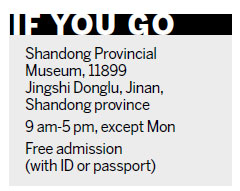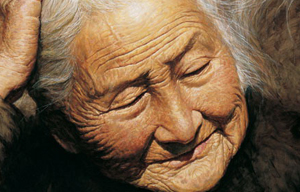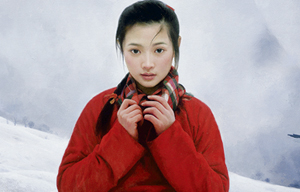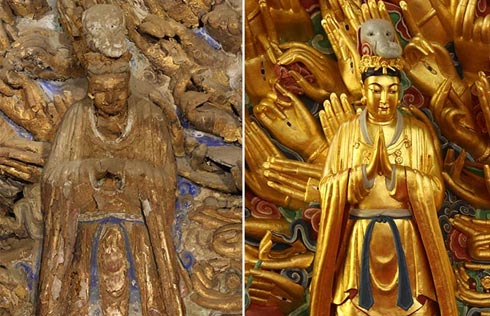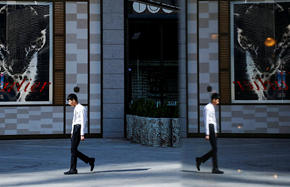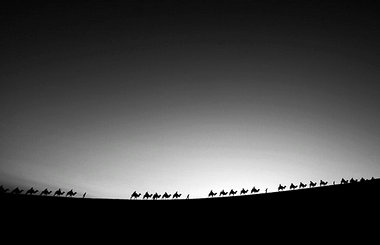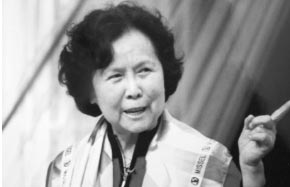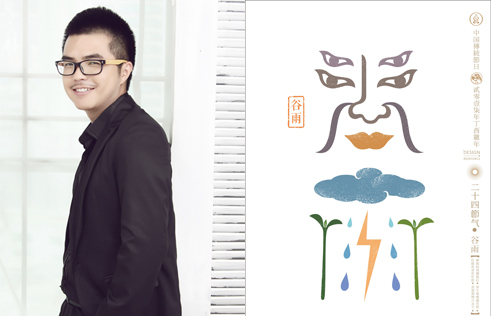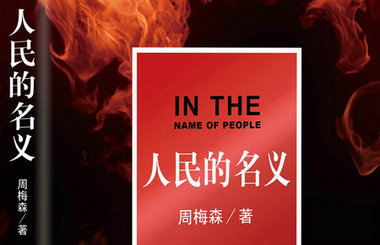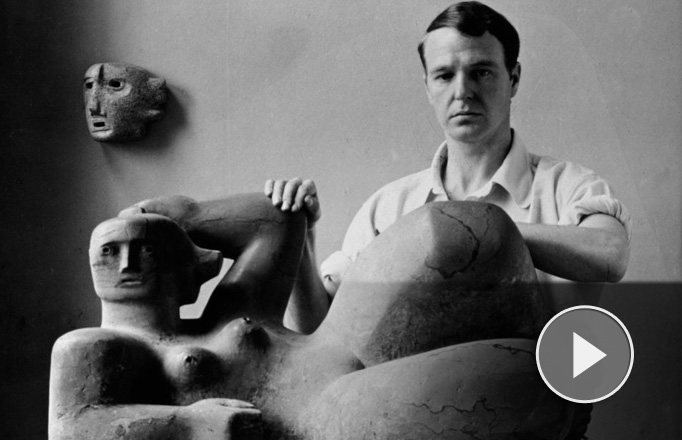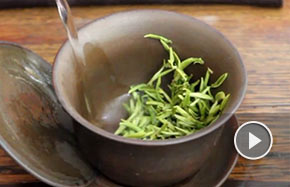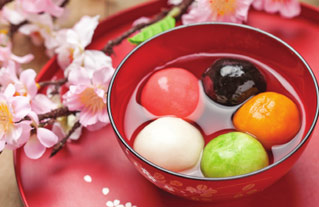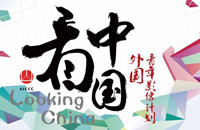Art legend made white the new black
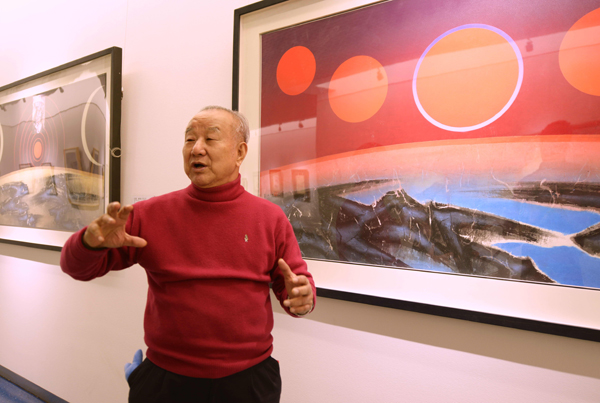 |
|
Taiwan artist Liu Kuo-sung, 81, brings a fresh approach to applying ink and color. Provided to China Daily |
When the wind blew into his studio in 1963 and flipped one of his sketches over onto the floor, it turned a new page for Liu Kuo-sung's painting career.
The Taiwan artist was inspired to break the spell of the traditional black lines that had long shaped Chinese painting.
"I'd been experimenting with all different kinds of art materials, even toilet paper. One day when I came back to my studio I noticed the lantern paper on which I brushed was blown face-down onto the floor."
Liu picked up the paper, and to his surprise, the back side of this sketch presented a painting he had aspired to create for two years.
"The rough fibers on the lantern paper blocked the ink, so on the back of the paper, where there are rough fibers the lines were white," Liu explained.
Liu found a factory to make a kind of rough cotton paper, which could add the white linear effect to his painting. The paper is now known as "Liu Kuo-sung paper" in Taiwan art shops, and the artist, now 81 years old, has been dubbed "the father of modern ink painting".
The artist's works have been shown at the Palace Museum in Beijing and the Guggenheim in New York. A total of 87 world-renowned art galleries and museums including the British Museum have collected his works.
| Simple yet colorful | Framed by controversy |




